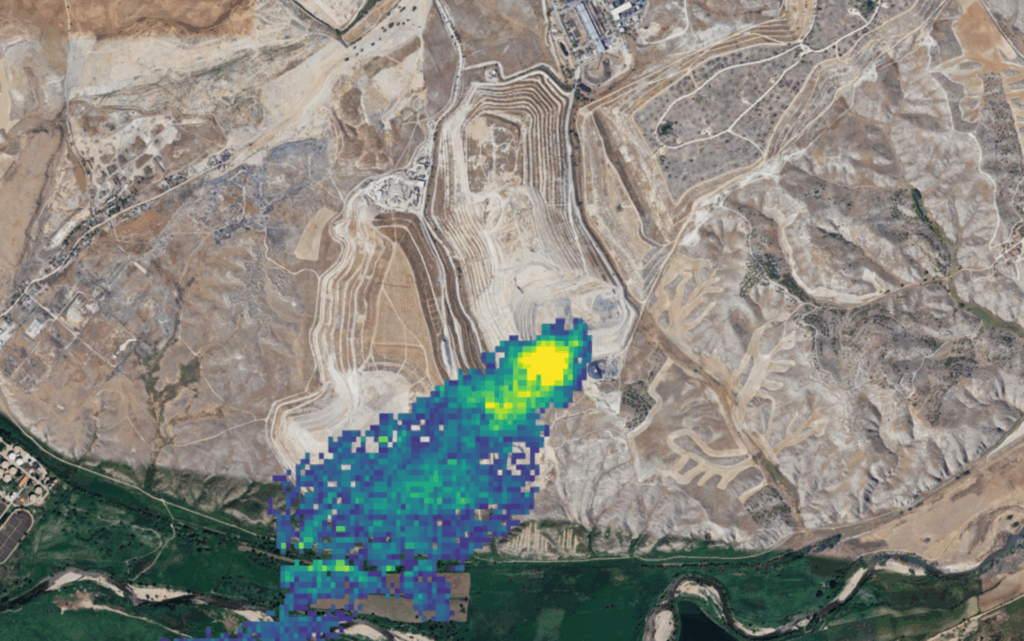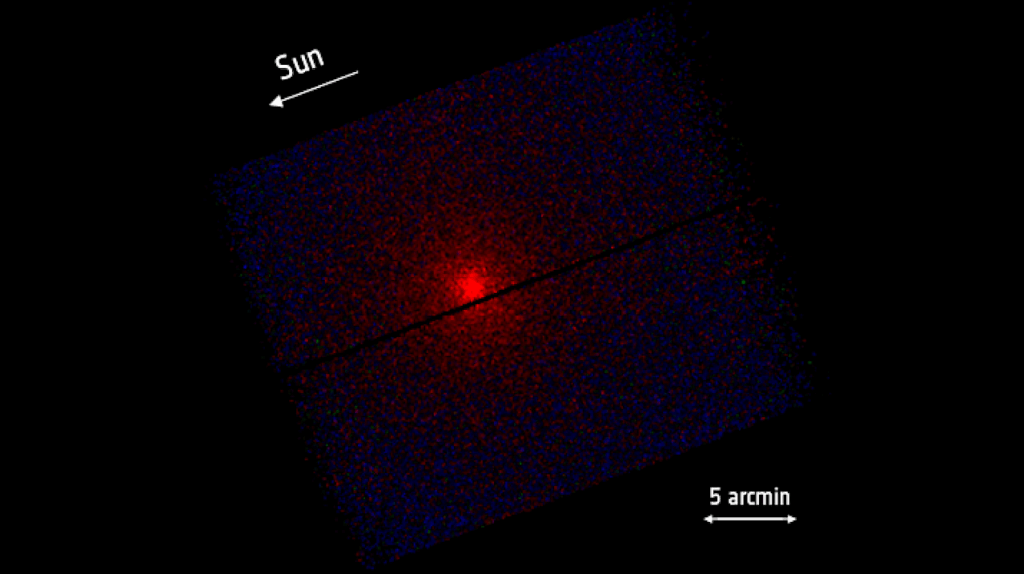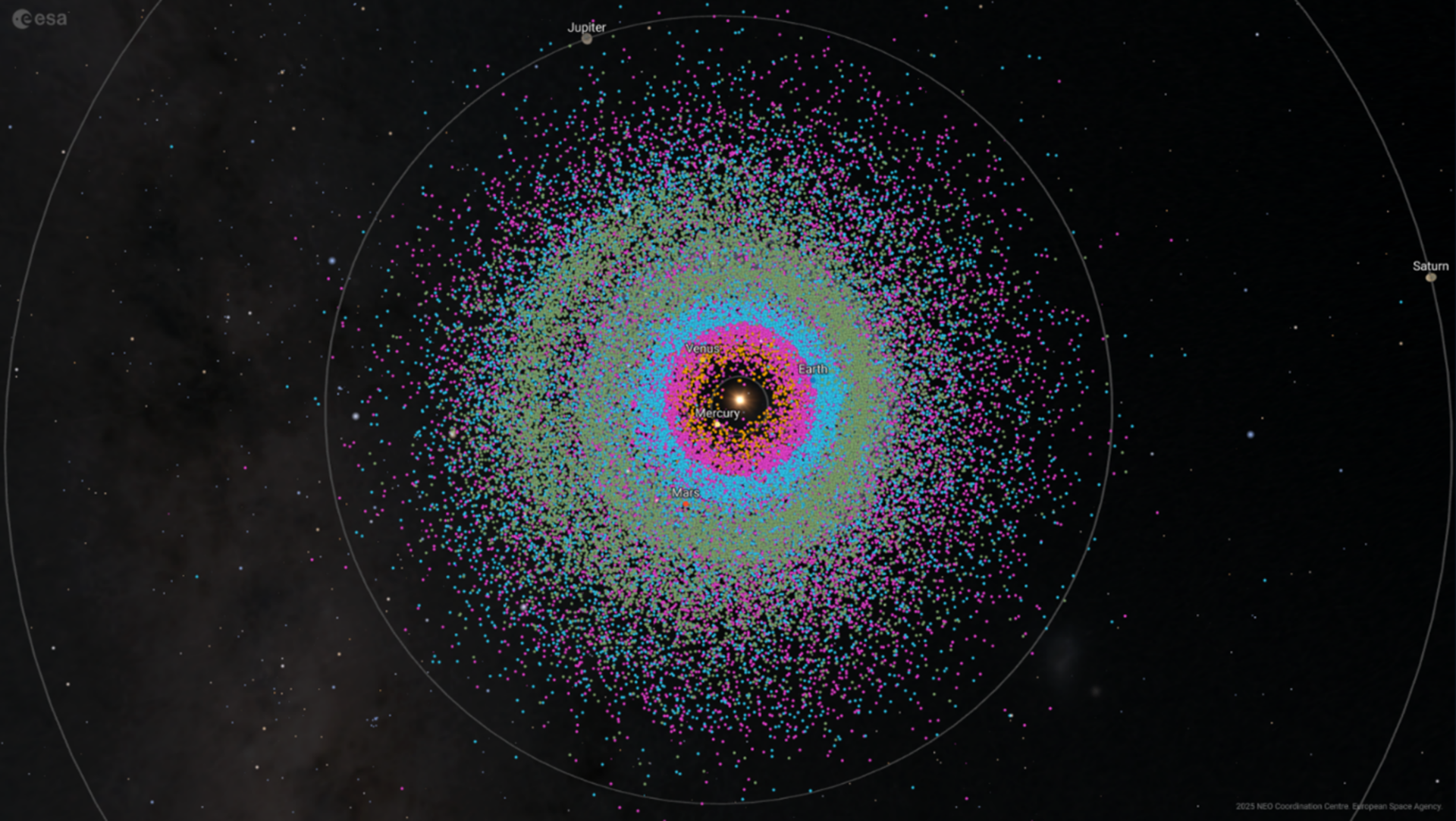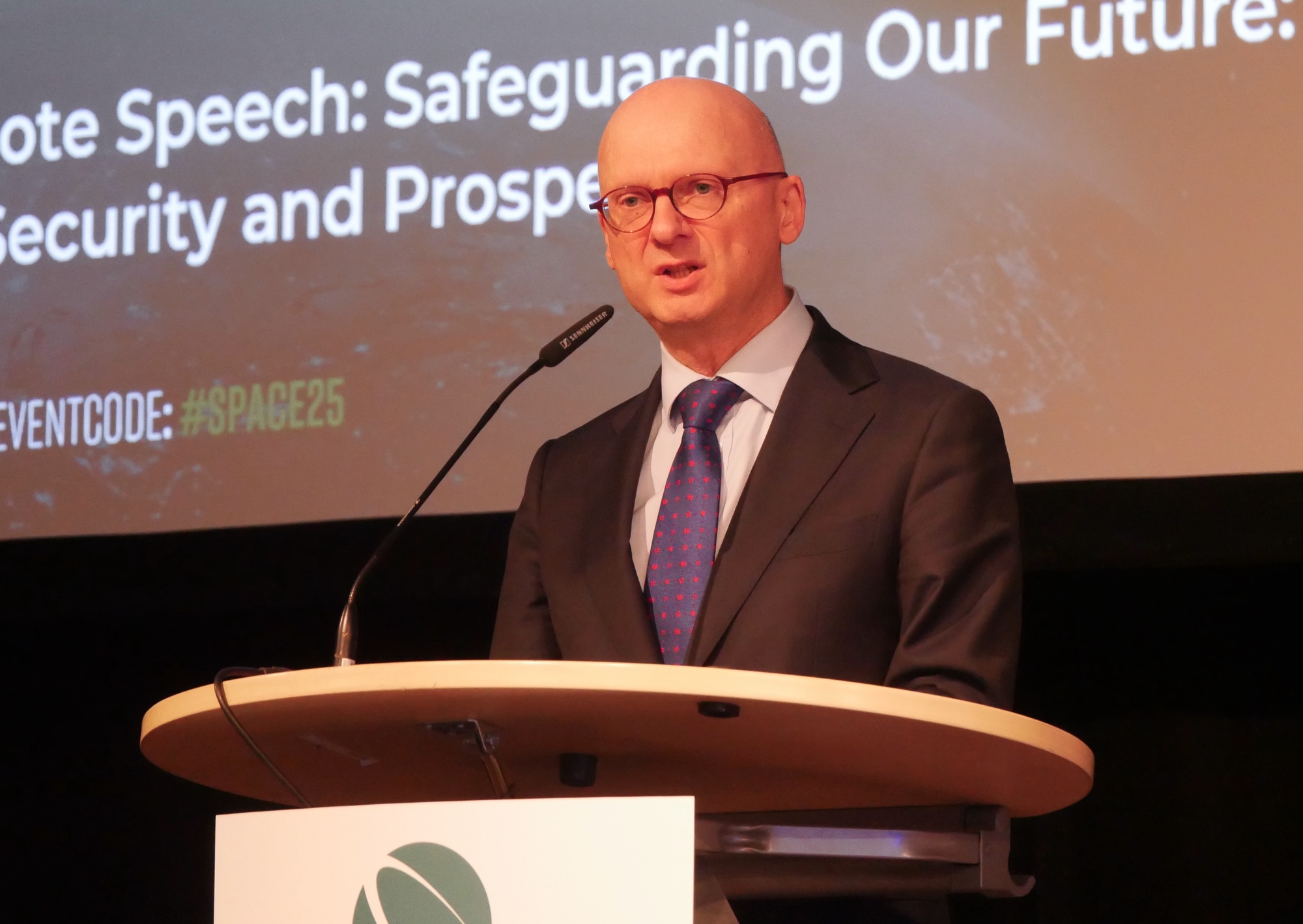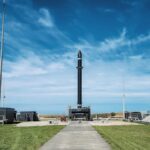Now Reading: Galileo to take its first flight on Ariane 6 on 17 December
-
01
Galileo to take its first flight on Ariane 6 on 17 December
Galileo to take its first flight on Ariane 6 on 17 December


20/11/2025
134 views
0 likes
On 17 December 2025, two Galileo satellites will be launched by Arianespace on Ariane 6 from Europe’s Spaceport in French Guiana. This 14th operational launch in the Galileo programme will improve the precision, availability and robustness of the Galileo system. These satellites will benefit the billions of people who use Galileo daily via their smartphone as well as key sectors such as critical infrastructure, autonomous driving, air traffic, maritime, agriculture, emergency services and rescue operations.
Galileo Launch 14 (L14) will place two Galileo First Generation satellites in orbit, joining the constellation of 31 satellites, 27 of which are currently active. The launch is scheduled for 17 December at 05:01 GMT/06:01 CET (02:01 local time) on Ariane 6 from Europe’s Spaceport in French Guiana.
These satellites, designated SAT 33 and SAT 34, will improve the robustness of the Galileo system by adding spares to guarantee the system can provide 24/7 navigation to billions of daily users. They will join the constellation in medium Earth orbit 23 222 km above Earth’s surface.
The European Space Agency (ESA) is responsible for the launch service contract with Arianespace and for the procurement and preparation of the satellites from OHB on behalf of the European Commission. The European Union Agency for the Space Programme (EUSPA) will operate the satellites from the Early Orbit Phase of their operational mission until their disposal at the end of life.
This will be Galileo’s first launch on the Ariane 6 rocket and the fifth launch of Europe’s heavy-lift launcher. Using Ariane 6 to place in orbit the EU’s independent satellite navigation system is a testament to Europe’s space capability and autonomy. This launch continues Galileo’s history with Ariane. Nine years ago, nearly to the day, the first quadruple Galileo launch occurred on Ariane 5.
Since Galileo was declared operational in 2016, it has provided one metre positioning accuracy to users worldwide, contributed to saving thousands of lives and added authentication to mitigate the threat of spoofing.
The constellation was completed as designed in 2024, with the first Galileo satellite decommissioned in April 2025 after 12 years of service. L14 will support Europe’s continued leadership in satellite navigation as it ensures the precision, availability and robustness of the Galileo system and services.
After L14, four Galileo First Generation satellites remain to be launched, after which Galileo Second Generation satellites will begin to join the constellation.
Galileo Second Generation satellites will integrate seamlessly with the current fleet to form the largest European satellite constellation and deliver essential services worldwide. With fully digital navigation payloads, electric propulsion, a better-performing navigation antenna, inter-satellite link capacity, additional atomic clocks and experimental clocks to be validated in orbit, the Second Generation satellites will provide more robust and reliable positioning, navigation and timing.
About Galileo
Galileo is currently the world’s most precise satellite navigation system, serving over five billion smartphone users around the globe since entering Open Service in 2016. All smartphones sold in the European Single Market are now guaranteed Galileo-enabled. In addition, Galileo is making a difference across the fields of rail, maritime, agriculture, financial timing services and rescue operations.
A flagship programme of the EU, Galileo is managed and funded by the European Commission. Since its inception, ESA leads the design, development and qualification of the space and ground systems, as well as procuring launches. ESA is also entrusted with research and development activities for the future of Galileo within the EU programme Horizon Europe. The EU Agency for the Space Programme (EUSPA) acts as the service provider, overseeing the market and application needs and closing the loop with users.
For more info about Galileo: https://www.usegalileo.eu/EN/
About Ariane 6
Ariane 6 is Europe’s heavy launcher and a key element of ESA’s efforts to ensure autonomous access to space for Europe’s citizens. Its modular and versatile design allows it to launch all types of missions, from low-Earth orbit to deep space.
Ariane 6, with prime industrial contractor ArianeGroup, has three stages each working in order to escape Earth’s gravity and take satellites to orbit: two or four boosters, and a core and upper stage. For this launch, the rocket will be in its two-booster configuration.
The core stage and the boosters are responsible for the first phase of flight. The core stage is powered by the Vulcain 2.1 engine (fuelled by liquid oxygen and hydrogen), with the main thrust at liftoff provided by the P120C boosters.
The upper stage is powered by the reignitable Vinci engine, also fuelled by liquid oxygen and hydrogen. The upper stage will fire two times to reach the required orbit for this mission.
After separation of the Galileo satellites, the Ariane 6 upper stage will move to a stable graveyard orbit far away from operational satellites.
Stay Informed With the Latest & Most Important News
Previous Post
Next Post
-
 012024 in Review: Highlights from NASA in Silicon Valley
012024 in Review: Highlights from NASA in Silicon Valley -
 02Panasonic Leica Summilux DG 15mm f/1.7 ASPH review
02Panasonic Leica Summilux DG 15mm f/1.7 ASPH review -
 03From Polymerization-Enabled Folding and Assembly to Chemical Evolution: Key Processes for Emergence of Functional Polymers in the Origin of Life
03From Polymerization-Enabled Folding and Assembly to Chemical Evolution: Key Processes for Emergence of Functional Polymers in the Origin of Life -
 04How New NASA, India Earth Satellite NISAR Will See Earth
04How New NASA, India Earth Satellite NISAR Will See Earth -
 05And Thus Begins A New Year For Life On Earth
05And Thus Begins A New Year For Life On Earth -
 06Astronomy Activation Ambassadors: A New Era
06Astronomy Activation Ambassadors: A New Era -
07SpaceX launch surge helps set new global launch record in 2024













